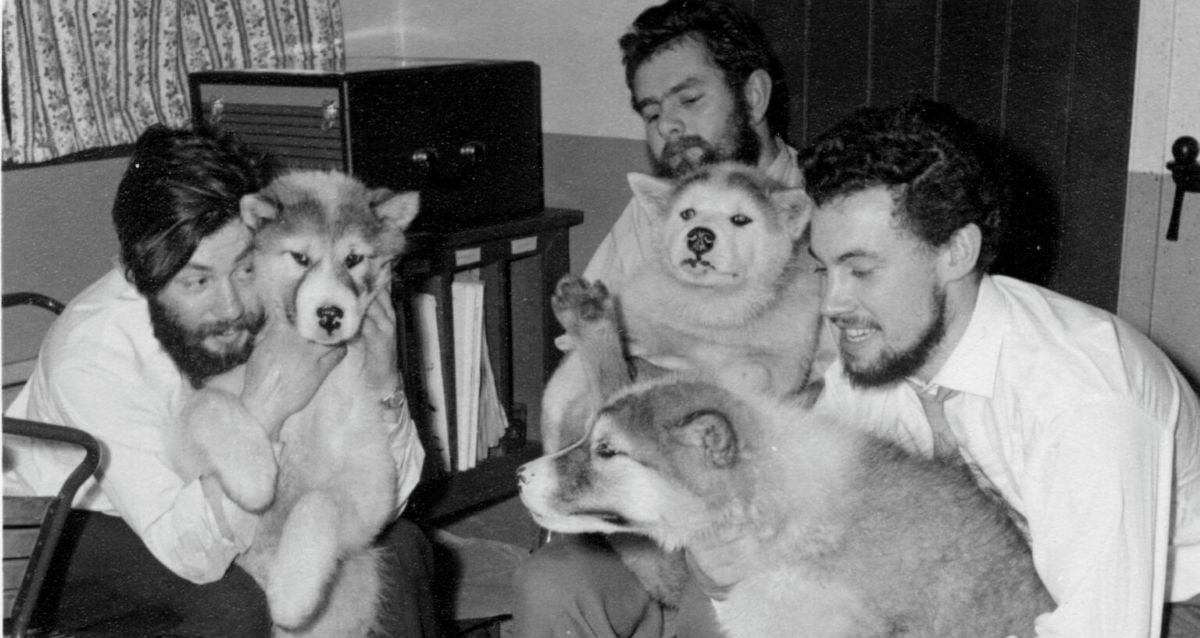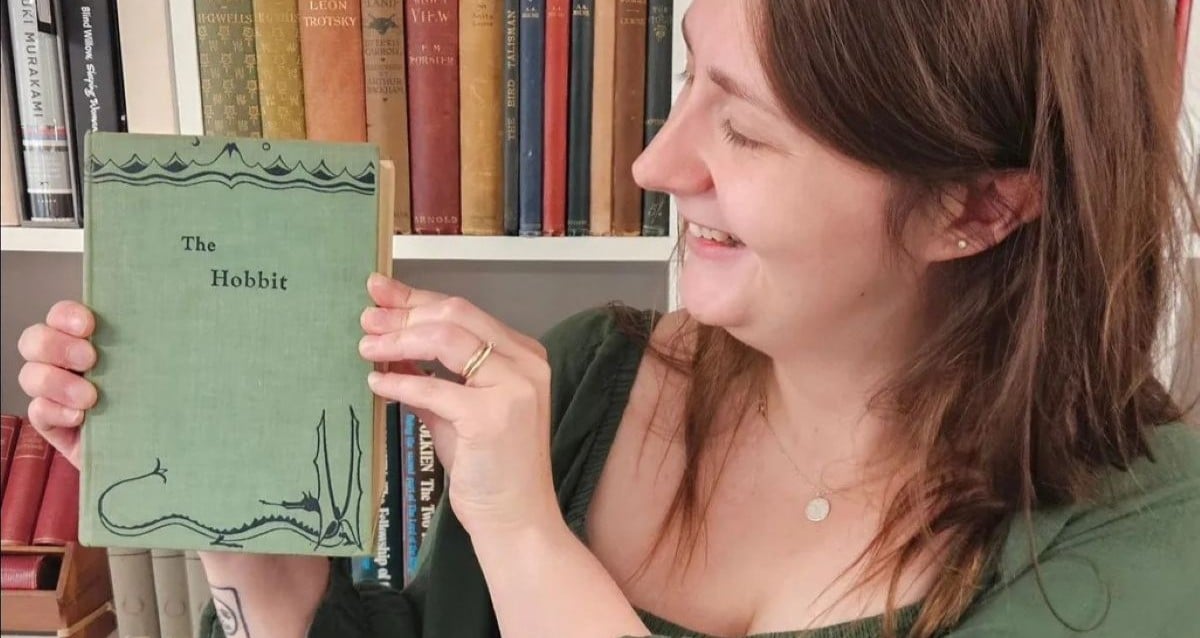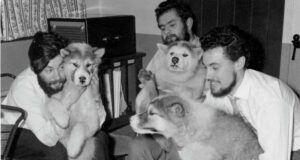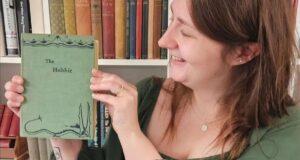Young Archaeologist’s First Dig Uncovers Mysterious Medieval Gold Artifact That Could Rewrite History
A similar looking object was discovered by a metal detectorist in 2021 in the same location in Northumberland. The object, a bit smaller than Souza’s find, was identified as a ball-headed pin from somewhere between 800 and 1000 C.E.
Uncovering The History Of Dere Street In Roman-Era Northumberland

Newcastle UniversityThe object that Yara Souza found is similar to another one uncovered at the same site in 2021.
Both gold relics were found along the ruins of Dere Street, a major Roman road that connected York and Edinburgh. The road continued to remain popular even after the fall of Rome, and is currently part of the A68 roadway.
In addition to linking York and Edinburgh, Dere Street also once connected two religious centers at Jedburgh and Hexham. This fact is what led experts to believe that the object Souza found may have served a religious or ceremonial purpose.
“We know that Dere Street continued to be a major thoroughfare long after the Romans,” said James Gerrard, professor of Roman archaeology at Newcastle University who led the excavation. “It is possible that this pair of objects may have been deliberately buried.”
Both the first artifact found by the detectorist and the artifact recently found by Souza will be further analyzed and eventually displayed at the Great North Museum: Hancock.
“This is an exciting find of exceptional quality,” said Gerrard. “I’m delighted for Yara that she has made this discovery at the beginning of her career as an archaeologist.”
After learning about this rare gold artifact uncovered by an archaeology student, read the story of the student who found a Viking-era stone head. Then, learn about how a student inspecting dinosaur fossils discovered a new species.














Post Comment